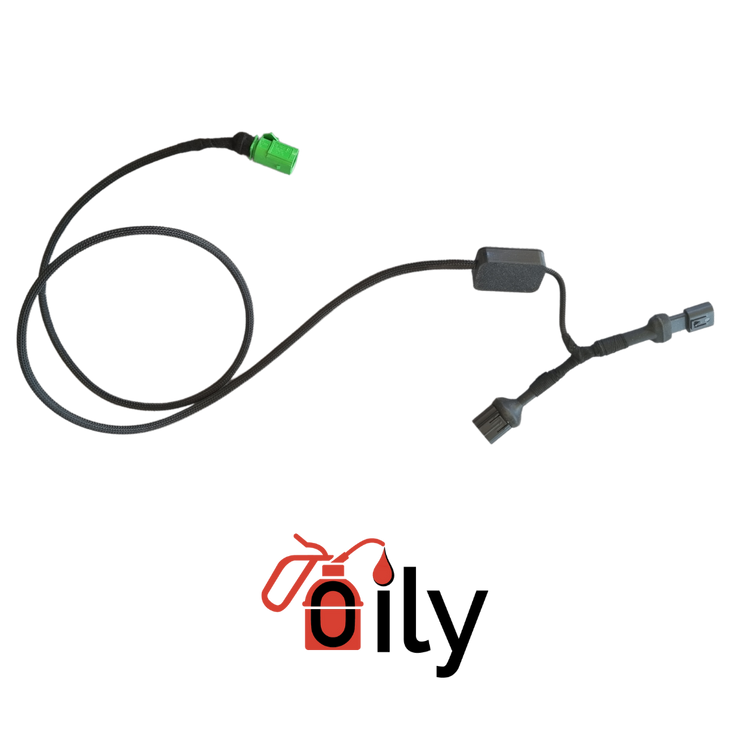Oily.nz
EGR Blanking Module F01 FORD Ranger PX Series 2 and 3 3.2L 2015 - Current
- Regular price
- $350.00
- Regular price
-
- Sale price
- $350.00
- Unit price
- per
Couldn't load pickup availability
This is an exhaust gas recirculation ELECTRONIC MODULE for the above FORD RANGER and BT50 Models. This works with the XLT and XTR models
Features:
- Completely unplugs the egr valve and simulates healthy egr readings back to the ECU so no error codes can occur
- Will not interfere with the climate control or ambient temperature reading wrong
- A simple plug and play design, no tool required and can be fitted in seconds.
- Does not set off any engine codes. there are no issues with this modification with new car warranties as you can simply unplug it when heading in for your services.
- Turbo spools up quicker, and at lower revs
- Prevents carbon build-up inside intake manifold, and ports
- Smoother pick up from idle and better fuel economy
- Cleaner engine oil helping to give longer engine life.
- Quieter running engine
- Clean, fresh air intake
- Lowers soot output
WHAT IS THE EXHAUST GAS RECIRCULATION SYSTEM or “EGR”
The EGR valve, or Exhaust Gas Recirculation valve, is a vacuum controlled valve which allows a specific amount of your exhaust back into the intake manifold. The exhaust your EGR valve recirculates reduces the formation of Nitrogen related gasesreferred to as NOx emissions. These recycled exhaust fumes also displace some of the clean air that would otherwise be drawn into the engine. Because the combustion chamber is cooler due in part to the added exhaust fumes and because there’s less oxygen, less NOx is produced and this is a good thing.
However on the bad side, because the EGR’s recycled exhaust gas displaces some of the clean air within the combustion chamber, the engine’s efficiency is reduced. For this reason, the EGR system doesn’t operate during times of heavy acceleration. It also doesn’t operate during idle, because the presence of exhaust gases at idle tends to cause uncontrollable rough running.
EGR systems operate primarily when the vehicle is cruising under light load. Because there is less demand on the engine at these times, the engine can afford to temporarily lose some capacity.
In the real world however, EGR systems often don’t work very well.
The exhaust gases from the vehicle’s engine contain much more than just carbon dioxide: they also contain dozens of chemical by-products, left behind after the fuel was burnt inside the engine. One of these by-products is a fine dust, known as carbon particulates. This dust is mostly unburnt carbon fuel and over time, the carbon dust inside the exhaust gases begins to clog up the EGR system and worse deposits the carbon dust into the clean air intake system on the vehicle.
Disabling the EGR system gives us many benefits
1) Disabling the EGR will certainly stop the carbon particulates from the exhaust clogging up the inlet manifold. See picture of a clogged intake manifold.
2) When Disabling the EGR port you are redirecting 100% of the exhaust gases back out the exhaust via the turbo. The turbo now has total exhaust pressure turning the blades which means the turbo will spool up quicker.
3) No carbon partials entering the vehicle in intake which keeps vacuum and boost lines cleaner
4) Less engine oil contamination. Many carbon partials that enter the air intake through the EGR system find their way into the oil system. This has a tendency to clog the oil galleries and greatly increase premature engine wear.
Share


